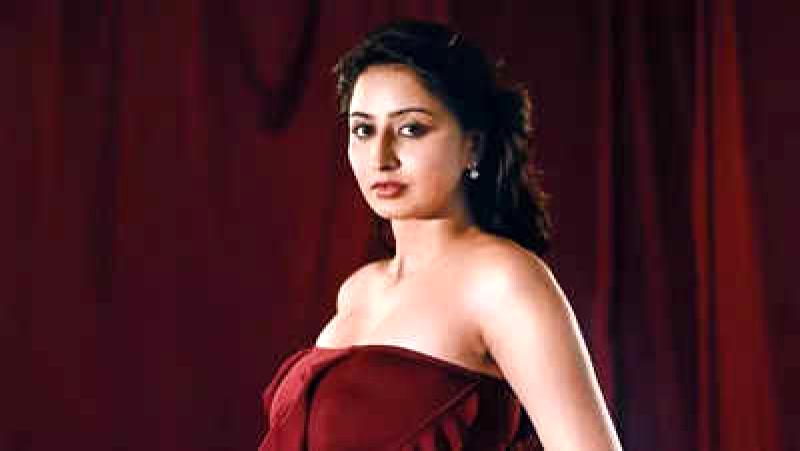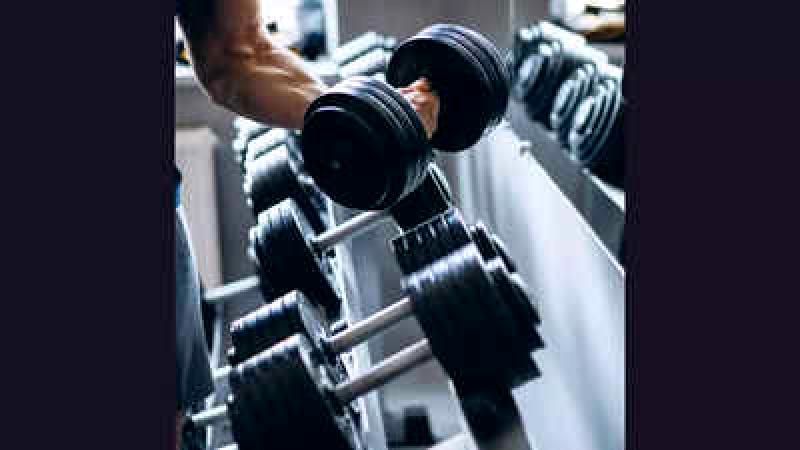
Women in the Kannada film industry are celebrated as 'sheroes' on screen, but they continue to face challenges off-screen when it comes to finding their place and asserting their voice. While their performances, costumes, makeup, and hairstyles are often admired and acknowledged, the women working behind the scenes struggle to access basic amenities, such as washrooms, on film sets. Pay disparity is a significant issue, and the industry has witnessed notable changes over the past decade, with a rise in the number of women working across various roles, from stylists to cinematographers. However, the industry infrastructure still largely caters to men, prompting discussions about the necessity of inclusivity.
Everyday sexism remains a prevalent issue for these women, with some opting to adapt to the status quo in hopes of a brighter future, while others have chosen to pursue independent work outside the industry. Female technicians, such as makeup artists, highlight the challenges they face within a patriarchal system. The makeup industry is primarily controlled by male figures, known as 'make-up dadas,' and even the associated organizations are dominated by men. Women in this field often face discrimination and lower pay compared to their male counterparts. Despite advancements where female leads now request specific makeup artists, women often find themselves working alongside men assigned by the association, leading to uncomfortable situations and dependencies on male colleagues for various tasks on set.Actresses like Vydurya Lokesh and make-up artiste express their frustration with being limited to smaller projects in the industry. Screenplay writer shares the challenges faced by women in the industry, highlighting the bias against women-centric films and the struggle to break stereotypical genres assigned to women. Associate director and screenwriter Manasa Sharma calls for a change in the industry from the grassroots level to address gender biases and discrimination. Stylist recounts the lack of basic facilities provided during shoots, emphasizing the need for better conditions for women in the industry.More female voices need to be heard, according to voiceover artist Sparsha RK. The lack of dialogue for women in films leads to fewer opportunities for female dubbing artists compared to their male counterparts. Recently, there have been few films centered on women, and solo songs featuring female singers are becoming rare. There is a call for more female representation on screen.











